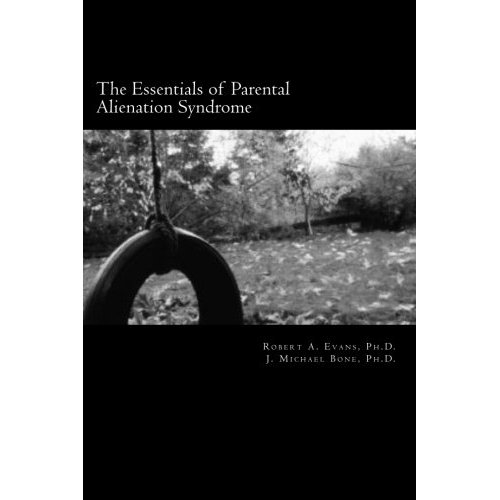Much of the following is from Karen Woodall, I’ve added some of my own thoughts here and there, but I thought this was an important article. She is a specialist in working with families affected by Parental Alienation in York, GB. One of her interesting posts presented the difference between children experiencing transition difficulties and children who are alienated from a rejected parent. I’ve adapted her presentation below.
All children experience some transition issues during a divorce.
When a child lives in two homes after a divorce they may display behaviors that are typical of children adjusting to not having their parents together and living in two households. These more typical behaviors and feelings children have during a divorce can be confused with alienation. Such children may tend to withdraw from a parent and may act in distinct ways.
It is important to understand the difference between alienation reactions and those that can be a natural part of the child transitioning between two homes.
 Children moving between their parents’ homes can display the following behaviors and these are not necessarily an indication that they are becoming alienated or are coming from an alienating parent’s home. Their behavior may suggest, however, that they may be struggling emotionally with the transition and that may result in behavior that is atypical for them.
Children moving between their parents’ homes can display the following behaviors and these are not necessarily an indication that they are becoming alienated or are coming from an alienating parent’s home. Their behavior may suggest, however, that they may be struggling emotionally with the transition and that may result in behavior that is atypical for them.
Transition difficulties
- When they arrive in the receiving parent’s home they may appear to be withdrawn. They may be quiet and non-responsive or demonstrate unsettled behavior. Older children may sit for some time before they join in activities, younger children may appear clingy and anxious.
- Upon arrival the child may settle easily and even appear to be relaxed, enjoying their time with the receiving parent and appearing their normal selves. As their visit approaches termination, however, they may tell the parent that they do not want to go back to the other parent. They may become quiet and withdrawn. At the time for departure they may become clingy, tearful or irritable.
- Transitions can be difficult when a child pressures a parent to allow them to stay and not go to the other parent.
Children who are being alienated may display very different behavior from children experiencing typical difficulties in transition.
Signs of alienation reaction (some of these may be a function of the degree of severity of the alienation; as a general rule, the more severe the alienation the stronger the reaction to the transition):
- When they arrive in the receiving parent’s home they may be quiet but also angry and may push the parent, stepparent, siblings away. Settling in takes a very long time and the child may appear restless throughout their stay.
- They may not leave their room and be totally preoccupied with their computer or other electronic device.
- They may refuse to eat with the rest of the family or insist on eating in their room.
- Their anger may be displayed in outbursts, frequently accompanied or followed by tears, but then they may show a desire for closeness. In some cases the outbursts may get physical with the receiving parent or stepparent.
- The child’s behavior will be confusing, disregarding a parent’s authority and being angry. In some case their anger may subside and they may later respond appropriately when challenged appropriately.
- It is common for a child to tell a parent that they have been told things about them or ask questions about areas of a parent’s life which are not known to the other parent.
- They may accuse the parent of behaviors or refer to incidents that they know very little about except for what they’ve been told and haven’t actually witnessed.
A child who is being alienated may also show signs of transition difficulty. But a child who is simply experiencing transition difficulties may not be caught in an alienation situation; therefore, it is very important to observe the child’s behavior closely so that their problems can be addressed appropriately. A child who is being alienated needs different input than a child who is experiencing transition difficulties. In both cases the child requires the parents to know that difference.
My next article will go into more depth on the signs of transition vs alienation, as well as what to do and not do, in coping with the behaviors that children show when they are in the process of being alienated.
Thank you to Karen Woodall, who is a specialist in working with families affected by Parental Alienation in York, GB. She is also a writer and researcher on families and family separation. Karen provides a number of resources for families experiencing conflict on her site called the Family Separation Clinic. Karen Woodall has a book, The Guide For Separated Parents: Putting Your Child First with more help and suggestions, follow her on her website.


